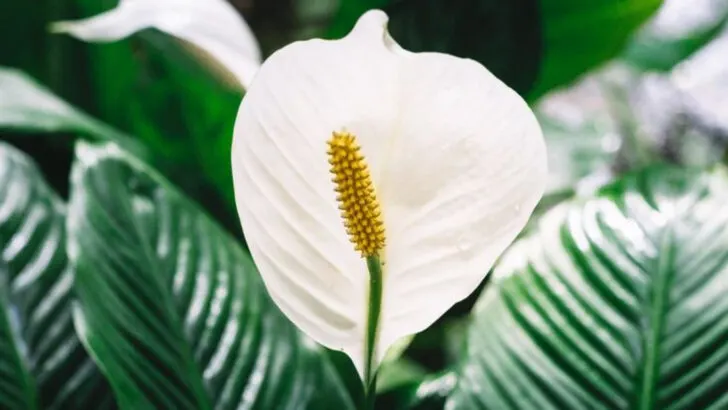Cat owners know the drill: turn your back for one second, and your curious feline is already chewing on a leaf. At Plantisima, we love our leafy companions—but we love our pets even more. That’s why it’s crucial to know which common houseplants are toxic to cats, no matter how harmless they might look on your windowsill.
In this article, we’re highlighting 16 popular houseplants that may look innocent but can be harmful—even dangerous—to your feline friend. But don’t worry: we’re not just taking away your favorites. We’re also giving you safe, stylish alternatives that offer the same aesthetic without the vet bills.
To all our Plantisima readers living with purring roommates—this guide is your cheat sheet to a home that’s lush, modern, and completely cat-friendly. Because safety and beauty should always grow side by side.
Aloe Vera
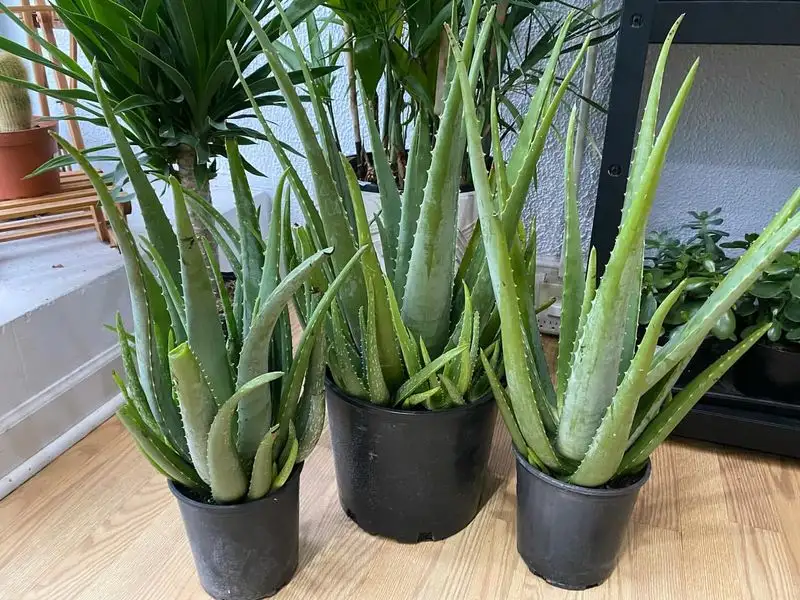
Spiky, green, and succulent, Aloe Vera is celebrated for its healing properties. However, this plant hides a secret from pet owners. Aloe contains saponins and anthraquinones, compounds that can cause vomiting and lethargy in cats if ingested.
Swap this for Haworthia, a non-toxic succulent that looks similar but won’t harm your feline friend. Its easy-care nature and appealing rosette form make it a delightful choice for any home. Known as the “Zebra Plant,” Haworthia also adds a touch of exotic flair without the risk.
Choosing safe plants ensures your cats can roam freely without worry.
Peace Lily
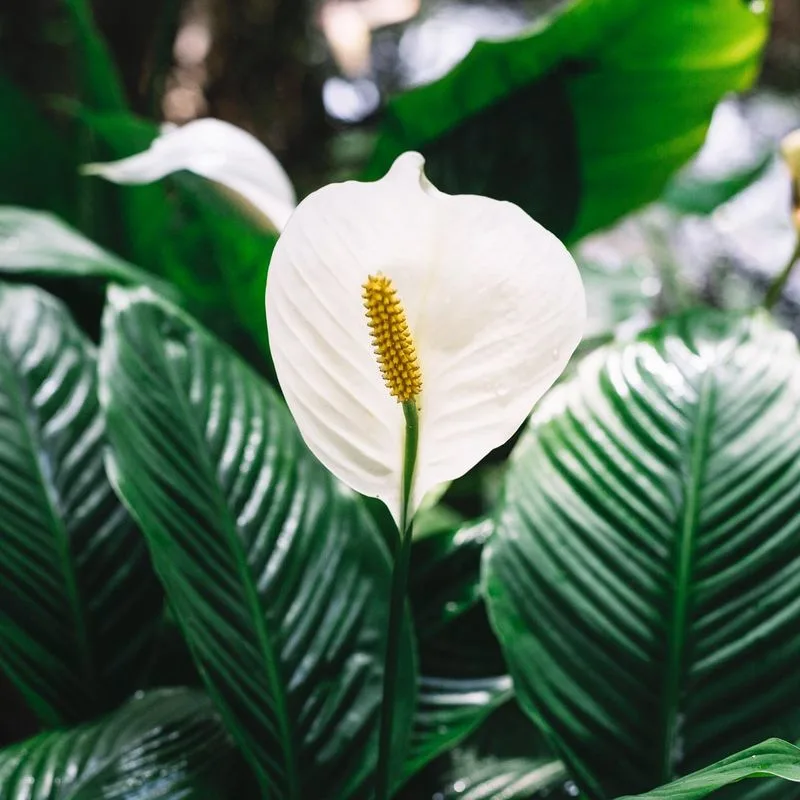
Elegant yet deceptive, the Peace Lily’s white blooms add serenity to any room. Unfortunately, its beauty can be a silent threat to cats. Ingesting its leaves may lead to vomiting and difficulty swallowing due to calcium oxalate crystals.
Instead, opt for the Parlor Palm, a pet-friendly alternative that brings a tropical vibe without the hazards. Its lush foliage offers a soft, feathery texture that complements any decor. This easy-going palm will thrive with minimal care, making it a perfect companion for busy households.
With the right plants, home becomes a safe haven for all.
Snake Plant
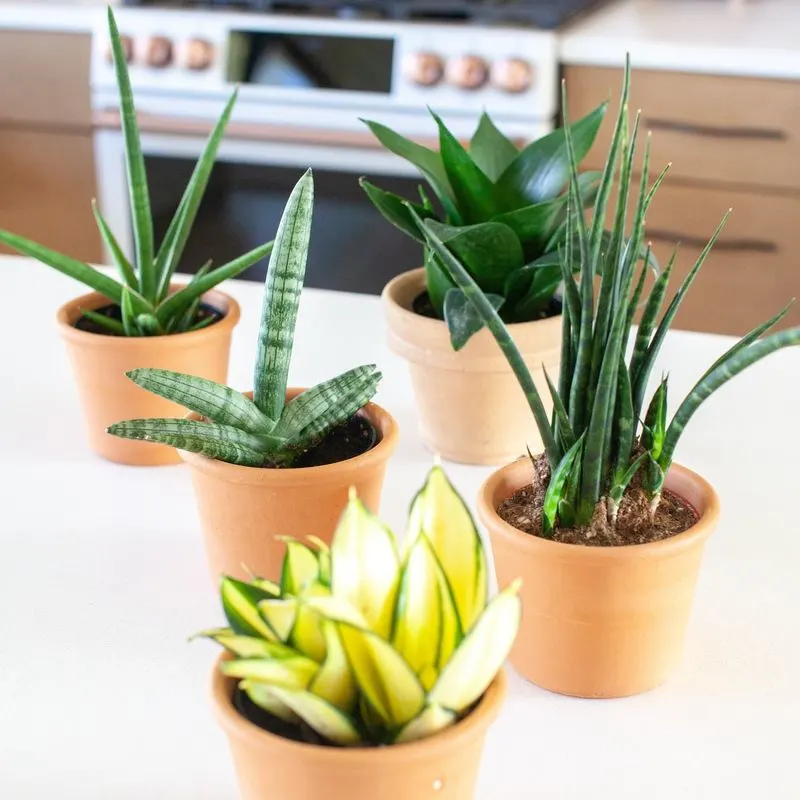
Architectural and imposing, the Snake Plant is often chosen for its hardy nature. Yet, this plant can be toxic to cats, causing nausea and vomiting. Its saponins are the culprits, turning a stylish choice into a feline foe.
Consider the Cast Iron Plant as a safer alternative. Known for its resilience, it thrives in low light, much like its toxic counterpart. With broad, dark green leaves, it adds an elegant touch without the worry.
Bring peace to your plant selection with choices that safeguard your furry companions.
Philodendron
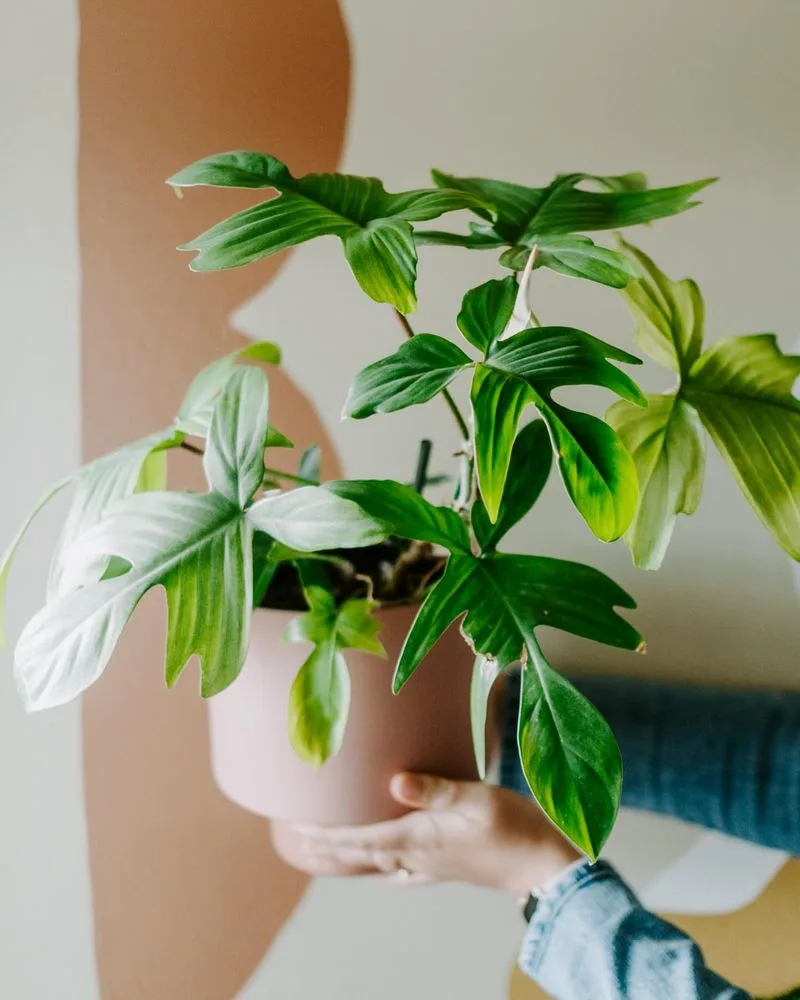
Philodendrons, with their lush, leafy appearance, are a staple in many homes. Yet these beauties harbor calcium oxalates, which may cause oral irritation and swelling in cats.
Switch to the Spider Plant, a non-toxic alternative that’s equally attractive. Its arching leaves and small white flowers create a lively display, safe for curious paws. Besides, Spider Plants are known for their air-purifying qualities.
Choosing the right plants aligns your love for nature with the safety of those you cherish.
Dieffenbachia
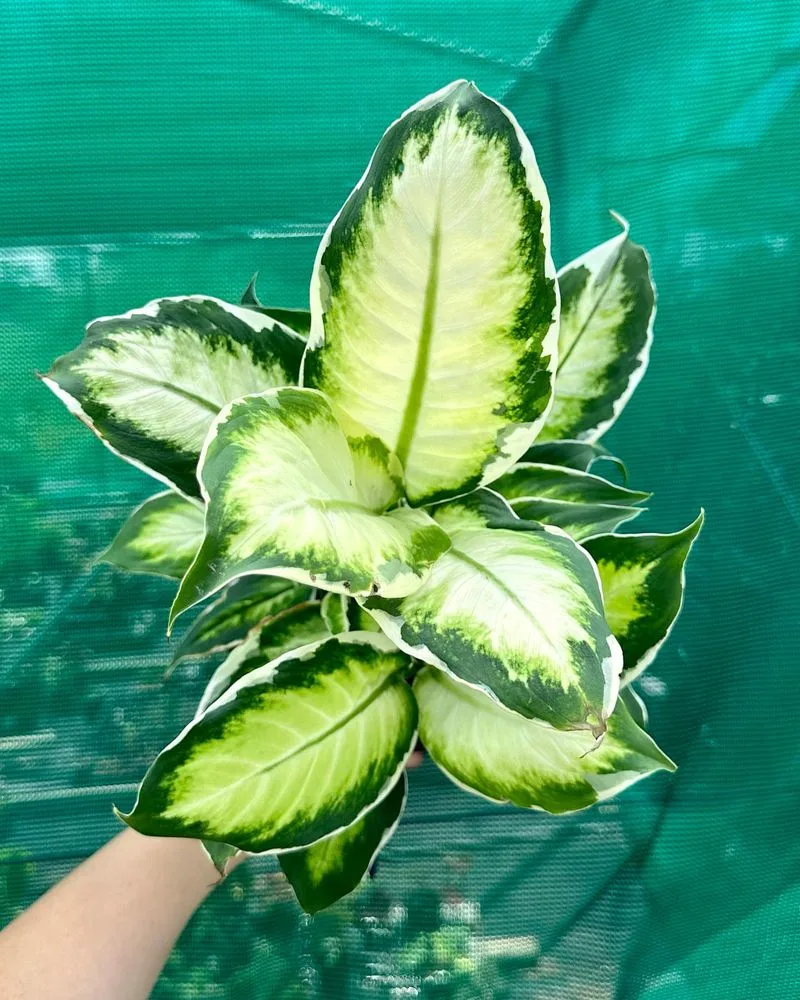
Dieffenbachia, also known as Dumb Cane, is admired for its striking foliage. However, the presence of insoluble calcium oxalates can lead to oral discomfort and swelling in cats.
Substitute with the Areca Palm, which offers similar visual appeal without the threat. Its feathery fronds create a tropical atmosphere that’s perfect for any space. As a bonus, Areca Palms are excellent at humidifying the air.
With mindful selection, your plant collection can flourish harmoniously alongside your pets.
Sago Palm
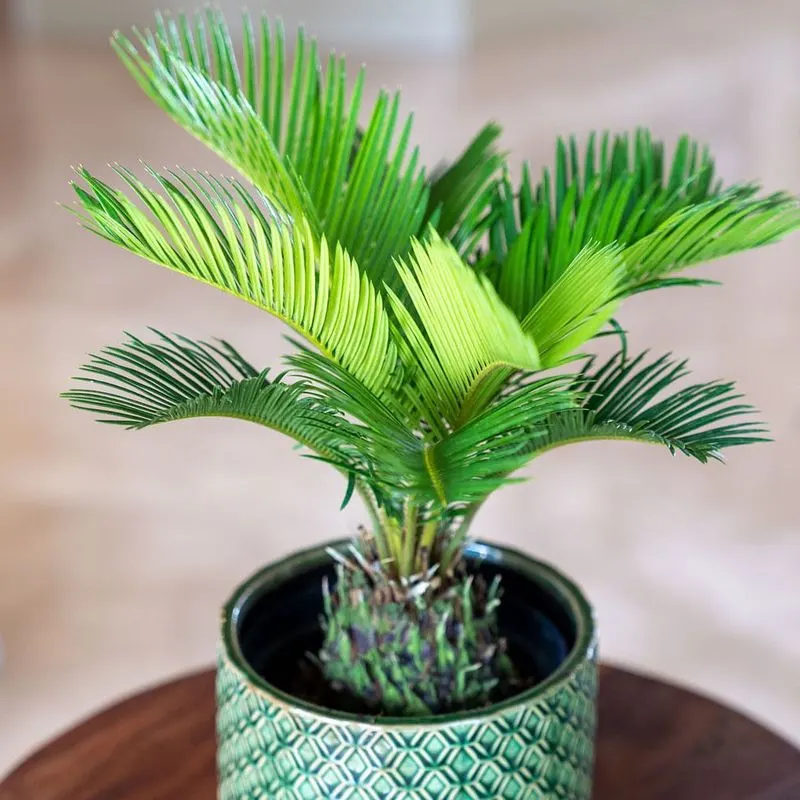
Despite its alluring, prehistoric look, the Sago Palm is highly toxic to cats. Ingestion can lead to severe liver damage, making it one of the more dangerous plants.
The Ponytail Palm offers a safe and stylish alternative. With its unique, bulbous trunk and cascading leaves, it brings an exotic charm to indoor environments. It’s also a forgiving plant, thriving on occasional neglect.
Transform your space into a sanctuary with choices that nurture both beauty and safety.
Oleander
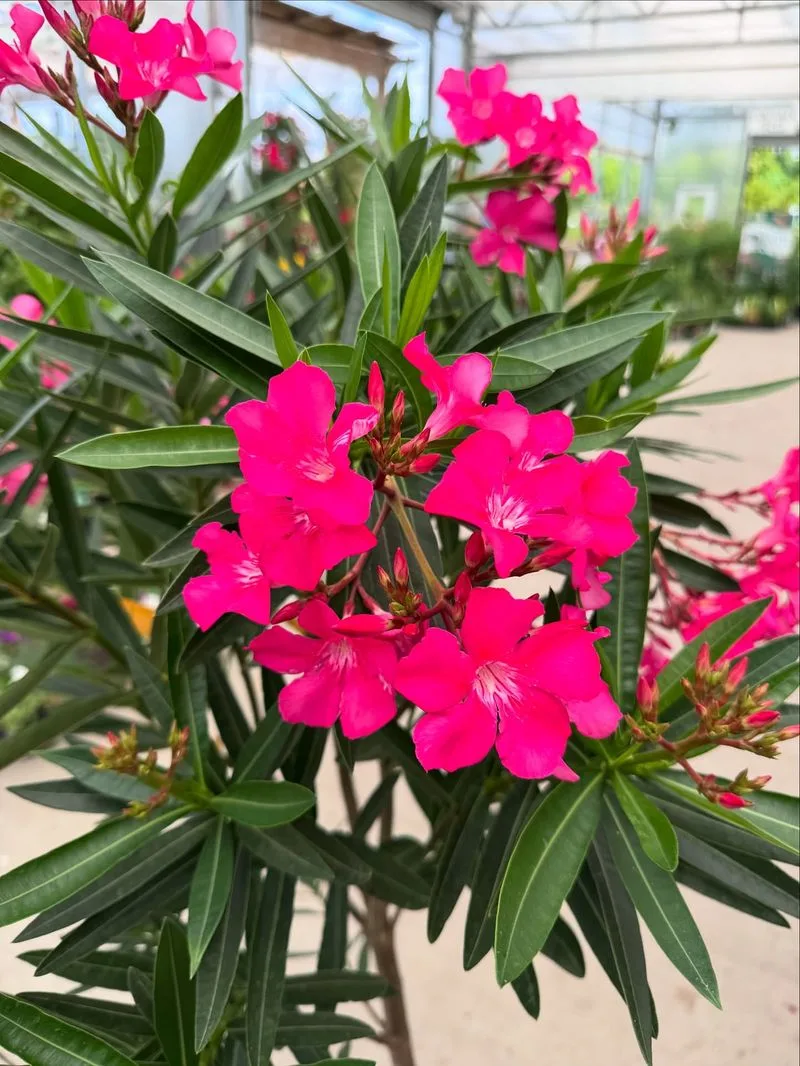
Oleander’s vibrant blossoms are undeniably captivating, but this plant is a serious threat to cats. Even a small nibble can cause heart issues due to glycosides present in its leaves.
For a similar burst of color, consider Bougainvillea. It’s not only safe for pets but also offers a riot of blooms that can brighten any garden or patio.
Choosing vibrant yet safe plants allows your garden to thrive without compromising your pets’ well-being.
Azalea
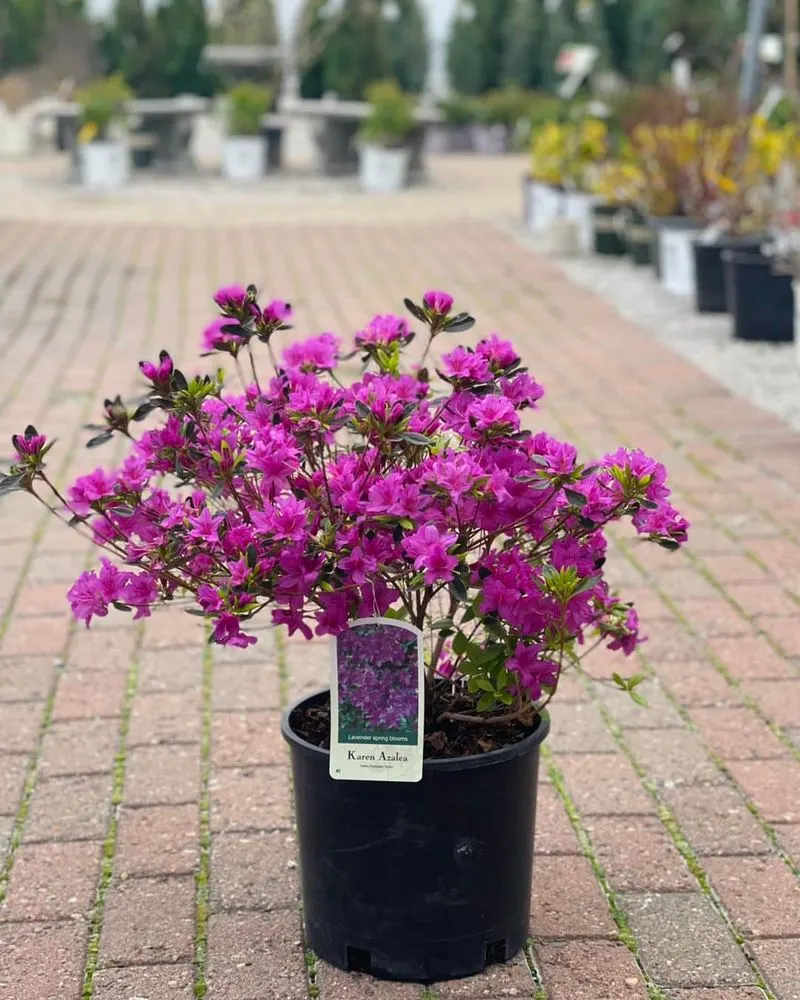
Azaleas are known for their colorful, trumpet-shaped flowers, adding vibrancy to gardens. Yet, they can be harmful to cats, potentially causing gastrointestinal upset and even more serious symptoms if ingested.
Opt for the Rose of Sharon instead. Its large, showy flowers provide a stunning display without posing a threat to your feline friends. This hardy bush adapts well to various conditions.
Balancing beauty with safety ensures a harmonious living environment for both your plants and pets.
Caladium
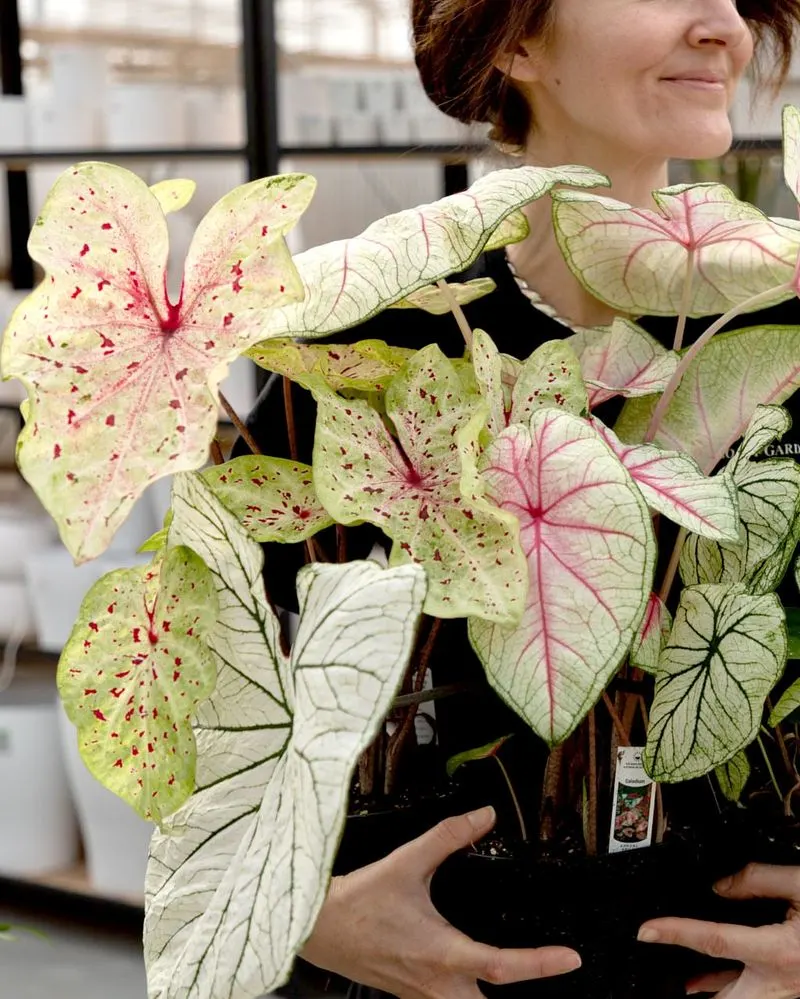
Caladiums, with their heart-shaped leaves and vibrant patterns, are a visual treat. Unfortunately, they can be toxic to cats, causing irritation and swelling if chewed.
Try the Polka Dot Plant for similar whimsy without the risk. It’s an easy-care plant with colorful foliage that brightens up any corner. The playful specks of pink, white, or red add a cheerful touch.
Choosing wisely ensures your home is a safe and inviting space for all inhabitants.
Pothos
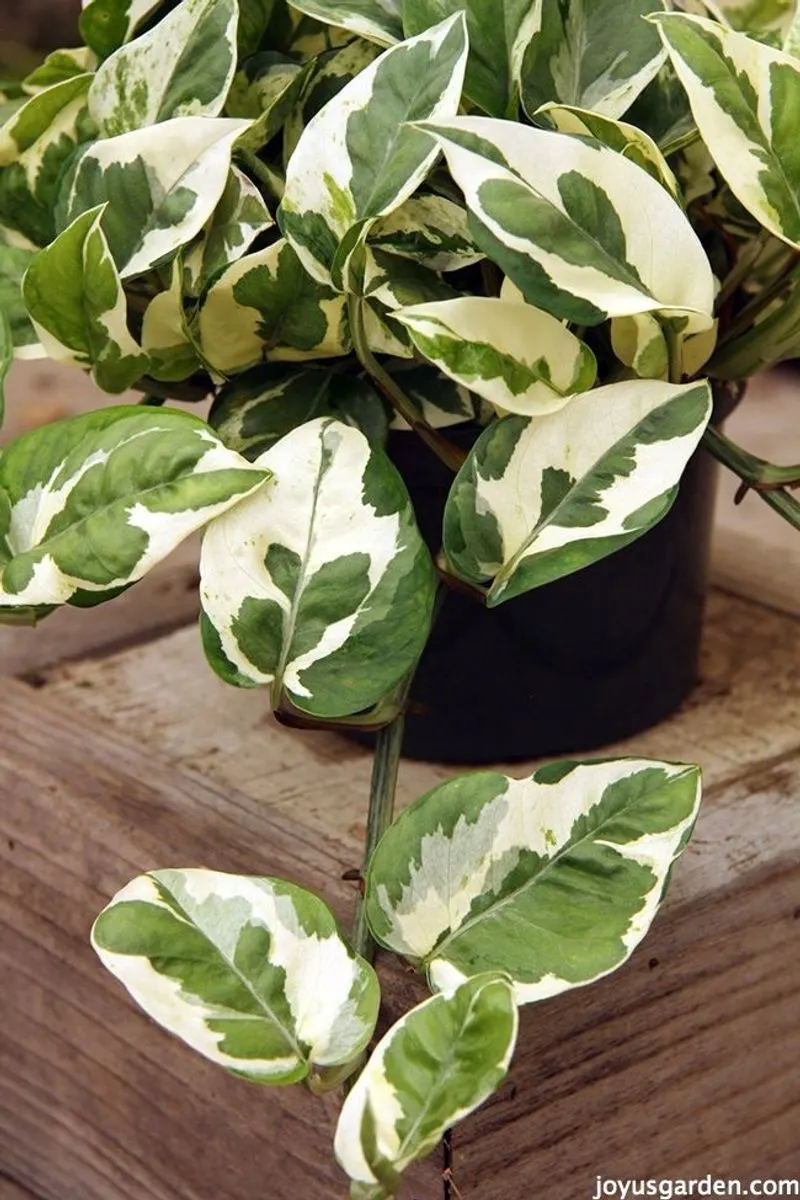
Pothos, admired for its trailing vines, is a staple in many households. However, it contains insoluble calcium oxalates, which can irritate cats’ mouths and digestive tracts.
Replace this with the Boston Fern, a pet-safe alternative that offers lush greenery and a graceful touch. It’s known for its air-purifying qualities and works well in hanging baskets.
By replacing hazardous plants with safe counterparts, your home can be a haven for all inhabitants.
Lilies
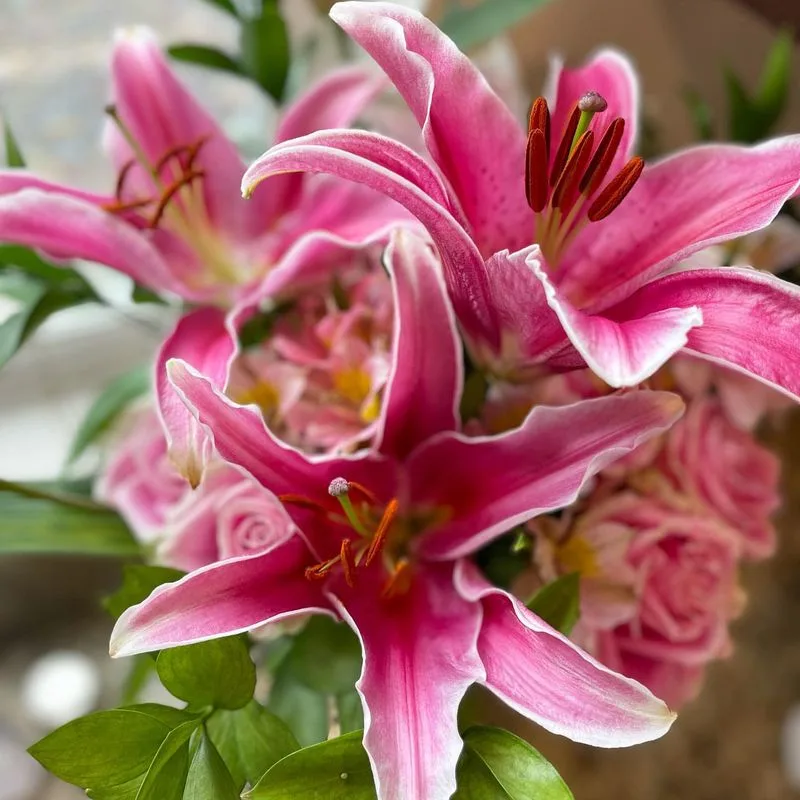
Lilies are a classic floral choice, known for their fragrance and elegance. However, they’re extremely toxic to cats, even in small amounts, causing kidney failure.
Consider Orchids as a safer option. Their exotic beauty and variety of colors provide a similar visual impact without endangering your pets. Orchids are versatile and can adapt to various indoor environments.
With the right choices, you can enjoy floral beauty without the risk to your feline friends.
Tulips
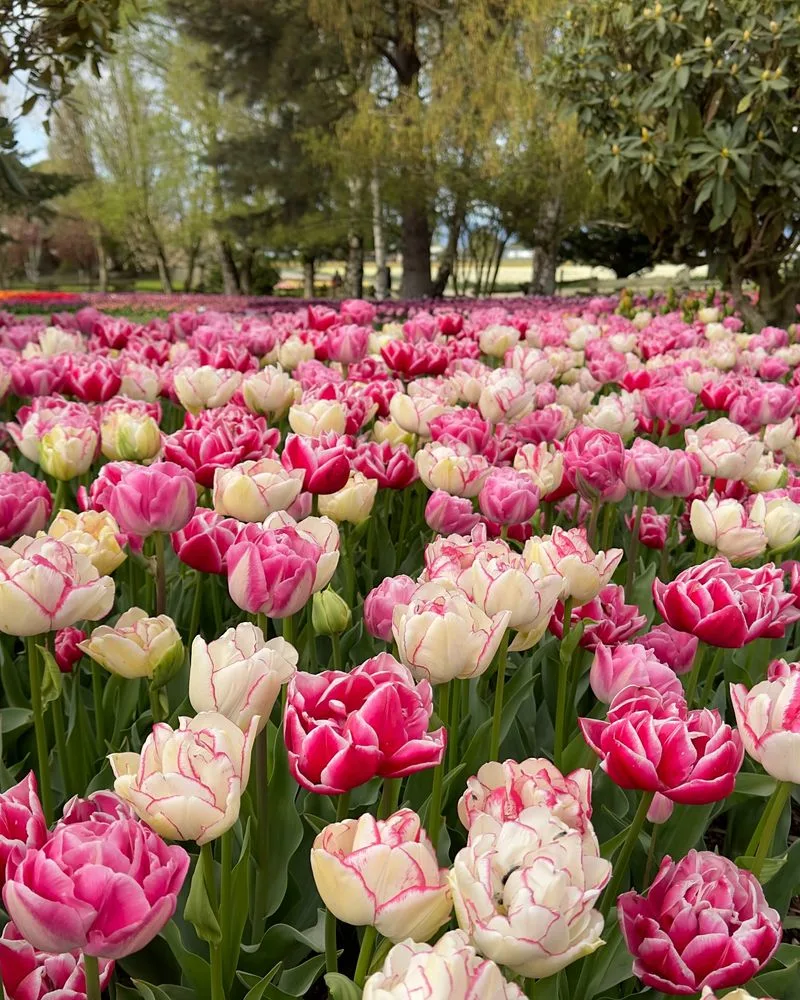
Tulips, with their bright and cheerful blooms, are a sign of spring. Unfortunately, they contain toxins that can cause vomiting and diarrhea in cats.
Instead, plant Petunias. These colorful, non-toxic flowers can provide a similar burst of color and are safe for your pets. Petunias thrive in various settings, from garden beds to hanging baskets.
Balancing aesthetic appeal with pet safety ensures your garden is a welcoming space for all.
Chrysanthemums
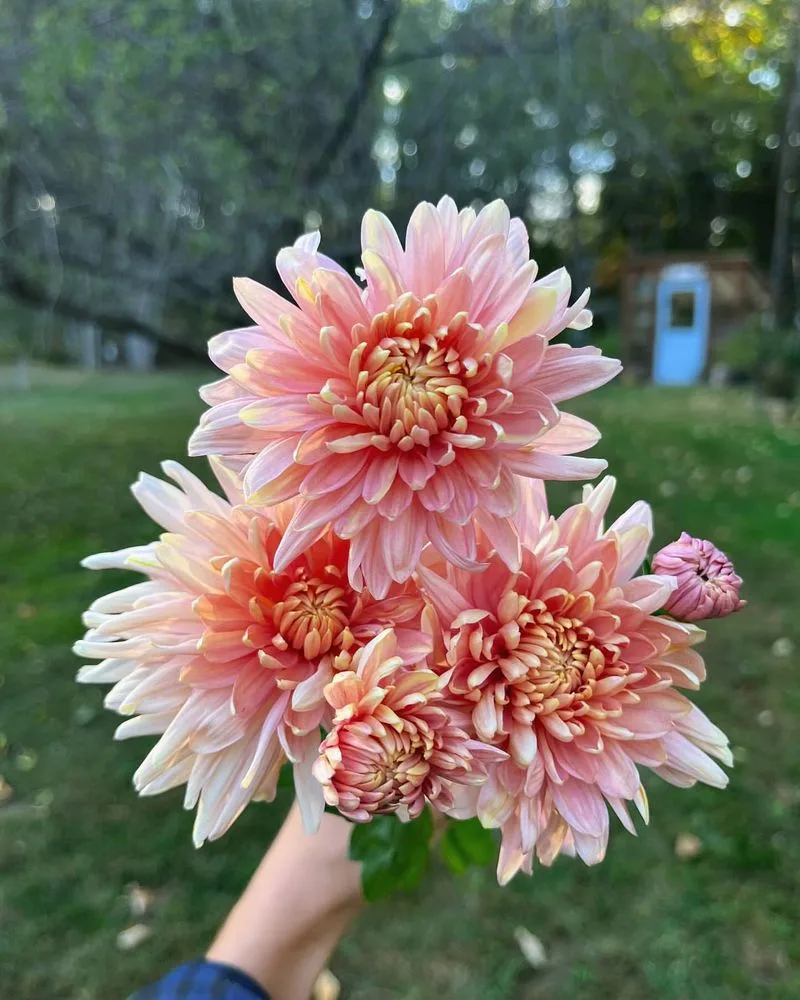
Chrysanthemums bring vibrant autumn hues to gardens, but they pose a risk to cats. Ingestion can lead to drooling, vomiting, and diarrhea due to compounds like pyrethrins.
Try Marigolds for a safe alternative. With their sunny disposition, marigolds provide a splash of color that’s harmless to your feline friends. They also have pest-repelling properties, making them a practical addition.
Thoughtful plant choices create a harmonious environment, celebrating both beauty and safety.
English Ivy
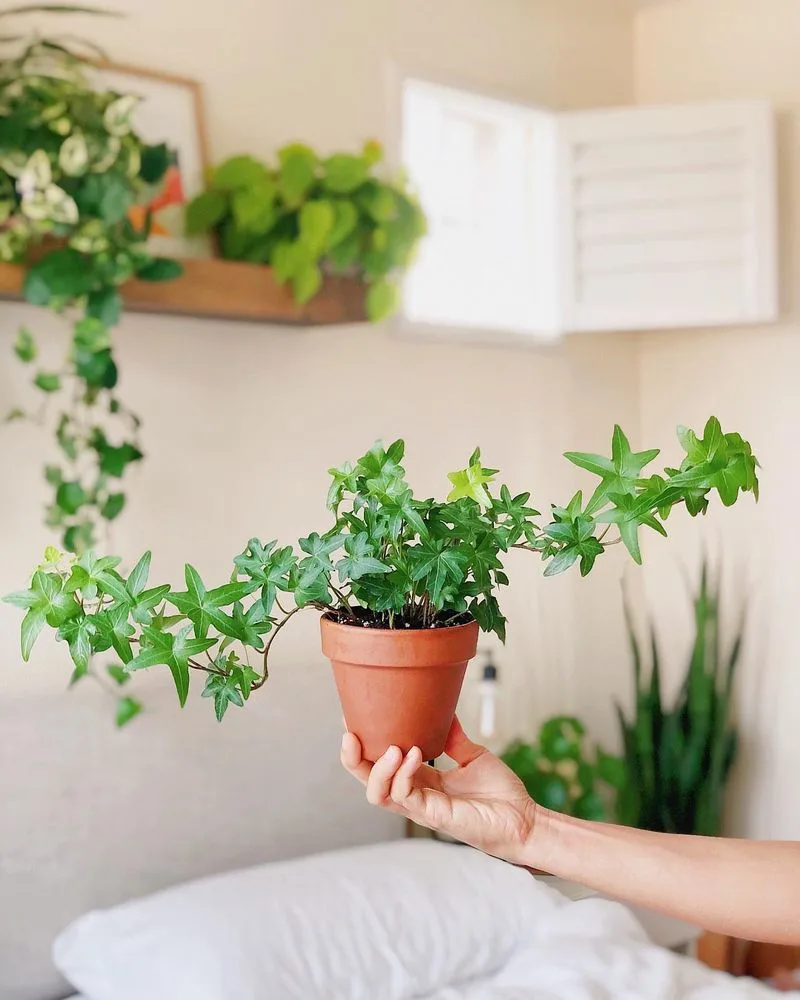
English Ivy is often used for its classic, cascading look. However, it contains compounds that can irritate cats’ skin and lead to vomiting if ingested.
Swap this for Swedish Ivy, a safe alternative with similar trailing habits. Its scalloped leaves and soft texture make it a charming addition to any space.
Careful selection ensures your home remains both stylish and secure for your furry companions.
Ficus
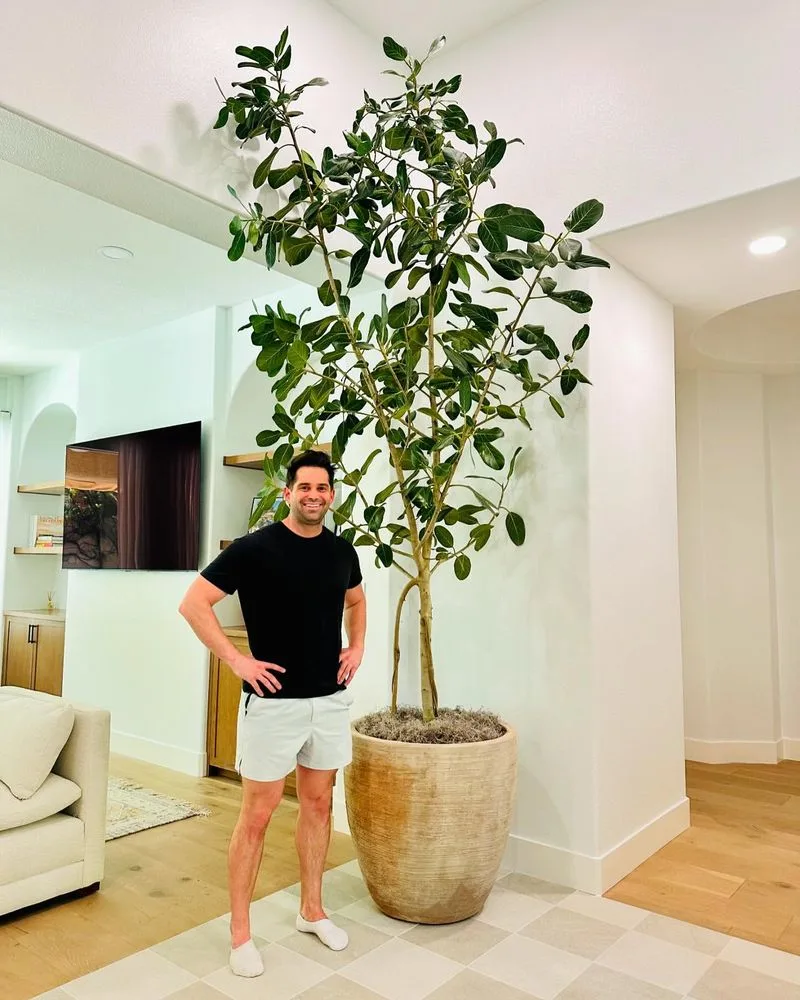
Ficus trees add a touch of elegance to indoor spaces, but they harbor toxins that can harm cats, causing irritation and digestive issues.
Choose a Bamboo Palm instead, providing a tropical feel without the risk. Its slender, arching fronds bring a sense of calm and are completely non-toxic.
Incorporating safe plants ensures a thriving environment for both your decor and beloved pets.

